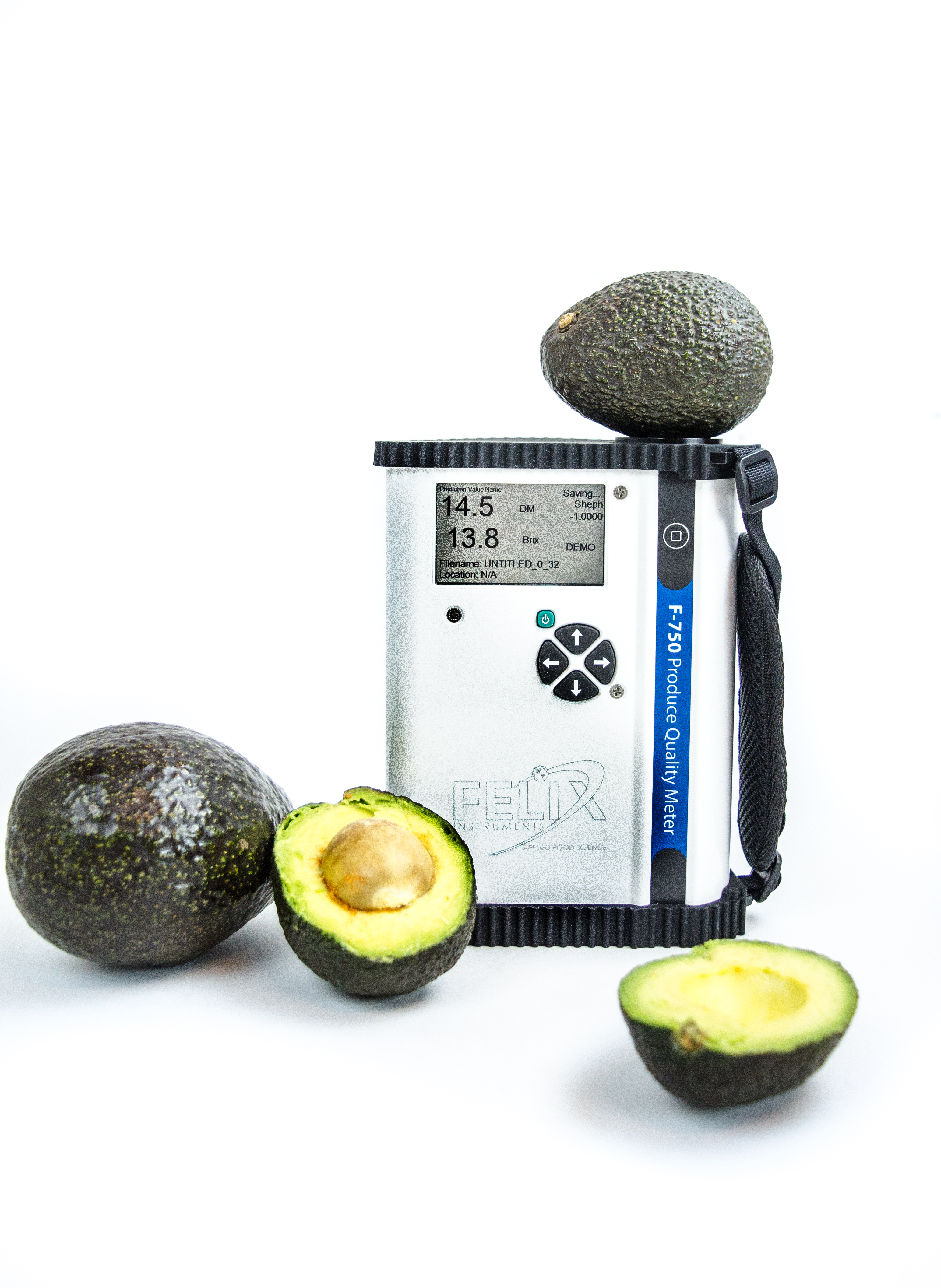
Proactively Reducing the Costs
By some estimates, enough food is lost during the post-harvest phase to significantly impact world hunger, and so reducing it is not just important economically, but it can also save lives. Many improvements have been made against post harvest losses, both in vulnerable countries around the world and in the United States, but continued technological and social changes will need to take place to bring the numbers down even more.
Social & Economic Impact of Agricultural Waste
According to the U.N., approximately 1.3 billion tons of food are lost each year, but 95 percent of all research and funding goes towards improving the amount of food produced globally, and only the remaining 5 percent goes towards ensuring that food gets to the people who need it. It’s been estimated also that food production will need to rise by 70 percent in the next few decades, but with post harvest loss prevention that percentage can become more attainable without destroying our natural resources. The UN Food and Agriculture Organization (FAO) has come up with a list of the main challenges farmers and other post-production agencies face.
- Market Supply and Demand
- Immediate Post-Harvest Storage and Packaging
- Transportation delays from the small landholders to mills, cities, and other transportation hubs
- Improper handling during transportation and storage, which cause rot and other spoilage
- Perishability of the crop, especially for produce
- Quality control on the part of the food seller and purchaser
A Problem Seeking Solution For A Long Time
Preventing post harvest losses is an exercise that is probably as old as agriculture itself. Traditional methods of sun drying grains and other crops have been used since the beginning, but are plagued by weather, pest, and other issues to this day; all of which contribute to agricultural waste.
In a few places, like Rwanda, metal silos have been used for around 50 years to protect grain and corn, but like many projects, have been difficult to scale across multiple countries and regions. Other initiatives have come up with solutions, only to stumble at the local level.
Recent Improvements in Post Harvest Loss Prevention
The Zero Hunger Challenge is a recent proclamation which declares that no person anywhere in the world should be without access to food. It focuses on small, family farmers worldwide, and many organizations have taken up its challenge. Some of the most commonly used tools include educating small scale farmers around the world about the different post-harvest techniques that they can use to make better use of their harvested crops.
Advancements in Processing
The post-harvest technologies and techniques spread across rural areas are only as good as the training and education which lie behind them. Every bit of progress towards reducing harvest losses is important, both for the families that rely on the income and the families needing the food that is lost.
Initial Storage: Metal silos, especially those small enough for inside the home, improve upon existing silo technology and have been very successful at preventing incursions by rats and other rodents. As long as the crop has been properly dried, and the silo is sealed, moisture and subsequent rot are eliminated. Other promising technologies include plastic granaries, well-sealed mud silos, and packaging leafy vegetables in bamboo or plastic baskets.
Transportation: A few small changes to the way food is transported has been known to reduce spoilage en route. By using covered trucks, driving during the coolest parts of the day, and keeping food in a clean, well-ventilated storage area, losses can be minimized.
Food Processing: Processing techniques both raise employment and reduce post harvest losses, especially with perishable goods. Drying, salting, fermenting and pickling are easy to accomplish early on in the transportation chain, employ additional workers, and reduce spoilage.
Consumption Changes: Food loss in the developed world often has more to do with consumer choice than with the supply chain. Americans lead the world in food waste, and also in their desire to eat food that is visually pleasing. When fruit is bruised, browned, wilted or otherwise discolored, it is usually discarded even if it is still edible.
Post Harvest Waste in America
Preventing post harvest losses in the United States looks very different than it does in Sub-Saharan Africa or Central America, but it is still a major problem even in this country. The EPA estimates that approximately 31 million MT of food is wasted each year after it has been harvested. That waste accounts for almost 14 percent of the solid waste dumped into landfills each year. The wasted food throws away the money spent growing, harvesting, transporting, and costs additional utilities and taxes to send it to the landfill. The methane from food waste even contributes to greenhouse gas emissions. By some accounts, the value of the food thrown away is 48 million dollars a year.